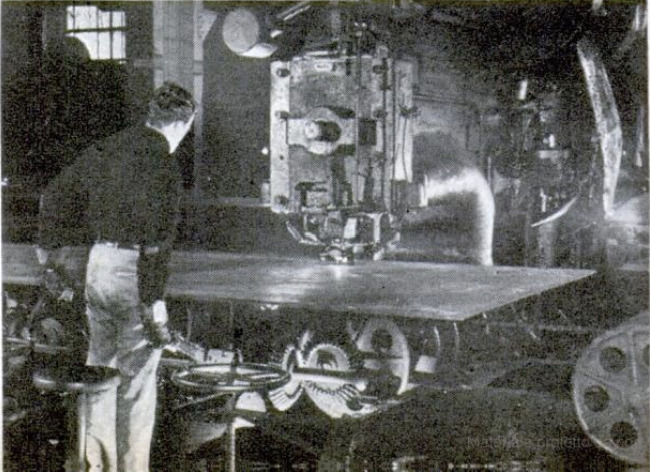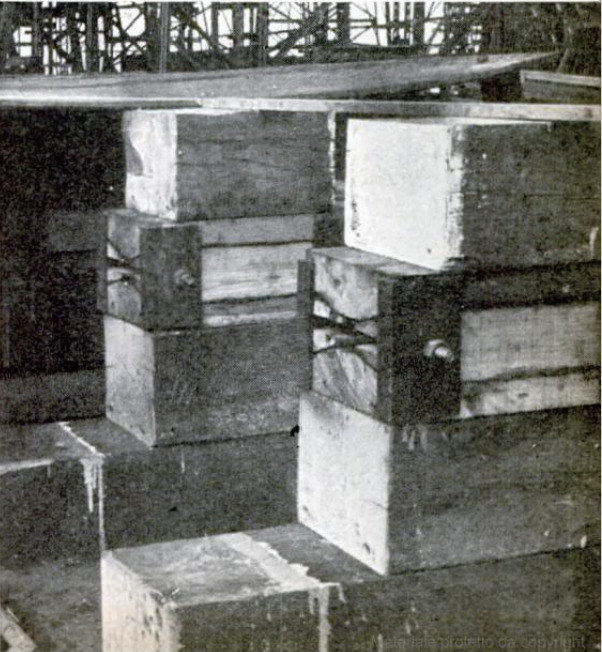-
Title (Dublin Core)
-
Floating Fuel Tanks Keep the Bomber Flying
-
Article Title and/or Image Caption (Dublin Core)
-
Floating Fuel Tanks Keep the Bomber Flying. How shipyards turn out the vessels that feed our air armadas
-
extracted text (Extract Text)
-
WITH men and steel and imagination,
U. S. shipbuilders fight to overcome
our No. 1 war handicap—two wide oceans
to cross. They've already given us a mer-
chant fleet nearly three times its prewar
size. But that’s not big enough. They must
build faster and faster, lest front lines over-
seas falter and fail for want of food, fuel,
and reinforcements.
In the surging drama of our shipbuilding
program, all vessels assume importance.
Each one has her role in literally carrying
the battle to the Axis. Every new ship, from
the great gray troop carrier to the lowliest
seagoing craft, adds to our combat strength.
We dare not underestimate the contribution
of a single one. But a thick slice of glory
must go to the tanker—that world-girdling
fuel packer—without which our thunder-
ing air armadas would sputter and die.
When our Flying Fortresses and Liber-
ators zoom off on one of their devastating
1,000-plane raids on the Reich, they lug
enough gasoline to keep the average Amer-
ican motor car running for 1,000 years.
Each plane has to carry around 3,000 gal-
lons to get to the target and back to Britain.
But—you've guessed it! Some unsung tank-
er has braved an Atlantic crossing to supply
that fuel. And one big raid uses up half its
entire load.
‘With an air force of tens of thousands of
fighters, in addition to giant bombers, de-
livery of fuel to keep 'em flying moves to
the front rank of war problems. Add to
that the healthy thirst of an even greater
number of motor vehicles in our mechanized
columns, which also must strike at the
enemy from foreign soil, and you begin to
realize why the U. S. Maritime Commission
and our War Shipping Administration place
such warm bless-
ings on every new tanker that is launched.
It was on a blustering, rain-drenched day
that a writer and photographer of POPULAR
SCIENCE MONTHLY received admission to
the Bethlehem Steel Company's Sparrows
Point shipyard. Cold wind whistled through
towering works surrounding tankers under
construction on the waterfront near Balti-
more, Md. Rain beat in our faces. It was a
fine day to sit at home by the fire. But that
thought didn't seem to occur to Manager
Frank A. Hodge and his thousands of busy
workers. Their chief concern, we learned,
had nothing to do with meteorology. It cen-
tered on their unfinished ships—ships des-
tined to be completed on or before schedule
~regardless.
Sparrows Point, we learned, has heen
keeping shipbuilding schedules since 1889.
It built craft used in our last two wars,
and it's well represented in this one. From
its sloping ways on the sprawling Patapsco
River has come as wide a variety of ships
as you can imagine—sidewheel and packet
steamers, coastal liners, tugs, colliers, tor-
pedo boats, and tankers. Unlike yards build-
ing the Liberty ships and other one-design
craft, “the Point” turns out “tailor-made”
ships— vessels of special design to fill the
special needs of a nation whose battle fronts
thrust onward across the seas. It's prepared
to construct as many as six different types
of ships at the same time.
In building tankers, you have to have this
kind of shipyard. For it's a fallacy to be-
lieve that because most tankers look alike,
they're from the same blueprint. One may
have to be built for long hauls, another for
coastal service. A third may be designed to
carry airplane gas, while her sister will
pack cargo of crude or light oil. Still others
must vary in draft to solve the problems of
depth in foreign ports. In terms of con-
struction, that means installing power,
pumping systems, armament, and other
equipment that has been made to order.
Tn making the 16,000-ton tankers that can
haul as much as 6,750,000 gallons of high-
octane gasoline on one trip across the At-
lantic or Pacific, the shipyard works are
necessarily of huge proportions. Scaffolding
that lines the ways towers into the air. The
tower cranes that stalk back and forth be-
tween the slips have a leg spread of 30 feet,
and from the revolving penthouse atop
them, their derricks can peek into a twelfth-
story window. They lift big preassembled
sections and lower them gently into place on
the growing ships. Sometimes, when a piece
is too heavy for a single crane, two or three
of them, working together like well-trained
giants from Mars, will share the load.
In striking contrast to the noisy ways is
the cathedral-like quietness of the great
formed cold; others, emerging hot from
near-by furnaces, are hammered into
shape; some, which have to be bent, are
twisted and held down with strong metal
“dogs” on the flanger’s slab—a large steel
platform having squares which are some-
what similar to those on a waffle iron.
Construction time on the ways for tank-
ers of 16,000 tons has been cut down from
41 months to 67 days, an Fast Coast
record which Sparrows Point shipyard
has recently set. This has been made
possible by new methods of handling steel
with flame —burning and welding. Using
a flame, a steel man can work with metal
as a tailor 17orks with cloth. With modern
torches and welding equipment, steel can
be taken apart and put together more
easily than wood.
When a tanker is from 60 to 80 per-
cent completed, she is launched. That's
the big day for the yard, but it doesn't
mean that the craft is ready for service.
Many things have to be done before she
can carry her cargo on the high seas.
She's towed from the launching ways to
the near-by outfitting pier—or wet docks
—for finishing. There engineers, outfit-
ters, painters, and electricians give her
life. By man’s genius, she gets power to
swim around the world, power to see with
searchlight eyes and to hear and speak
through radio. Then off she goes to join
her sister tankers in supplying fuel to
keep the Allied motors of war roaring on
every battle front.
-
Contributor (Dublin Core)
-
Jack O'Brine (writer)
-
William W. Morris (photographer)
-
Stewart Rouse (illustrator)
-
Language (Dublin Core)
-
eng
-
Date Issued (Dublin Core)
-
1944-05
-
pages (Bibliographic Ontology)
-
114-121
-
Rights (Dublin Core)
-
Public Domain (Google digitized)
-
Archived by (Dublin Core)
-
Lorenzo Chinellato
-
Alberto Bordignon (Supervisor)
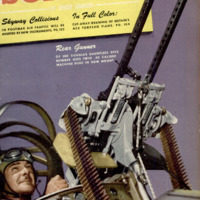 Popular Science Monthly, v. 144, n. 5, 1944
Popular Science Monthly, v. 144, n. 5, 1944
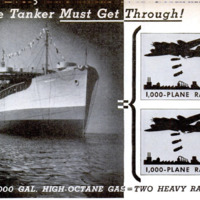 Immagine 2022-05-03 213703.png
Immagine 2022-05-03 213703.png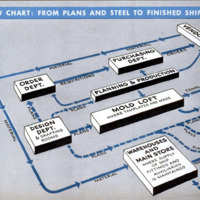 Immagine 2022-05-03 213723.png
Immagine 2022-05-03 213723.png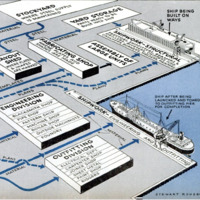 Immagine 2022-05-03 213745.png
Immagine 2022-05-03 213745.png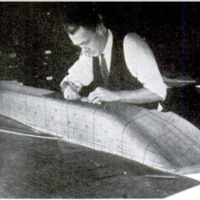 Immagine 2022-05-03 213759.png
Immagine 2022-05-03 213759.png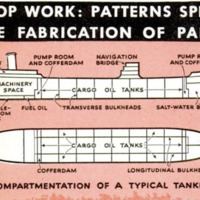 Immagine 2022-05-03 213810.png
Immagine 2022-05-03 213810.png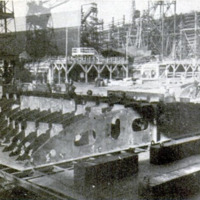 Immagine 2022-05-03 213820.png
Immagine 2022-05-03 213820.png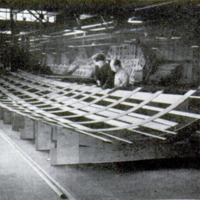 Immagine 2022-05-03 213830.png
Immagine 2022-05-03 213830.png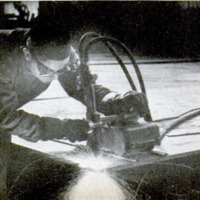 Immagine 2022-05-03 213843.png
Immagine 2022-05-03 213843.png Immagine 2022-05-03 213855.png
Immagine 2022-05-03 213855.png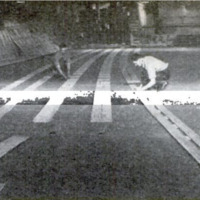 Immagine 2022-05-03 213905.png
Immagine 2022-05-03 213905.png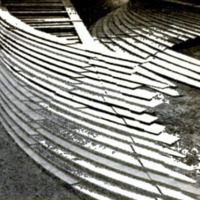 Immagine 2022-05-03 213915.png
Immagine 2022-05-03 213915.png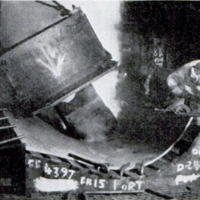 Immagine 2022-05-03 214145.png
Immagine 2022-05-03 214145.png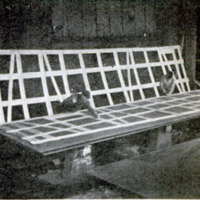 Immagine 2022-05-03 214154.png
Immagine 2022-05-03 214154.png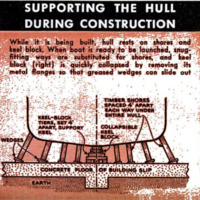 Immagine 2022-05-03 214206.png
Immagine 2022-05-03 214206.png Immagine 2022-05-03 214217.png
Immagine 2022-05-03 214217.png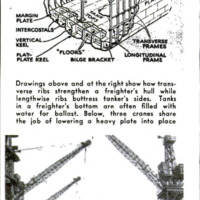 Immagine 2022-05-03 214239.png
Immagine 2022-05-03 214239.png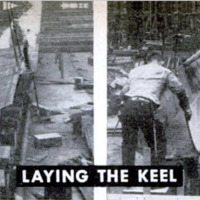 Immagine 2022-05-03 214253.png
Immagine 2022-05-03 214253.png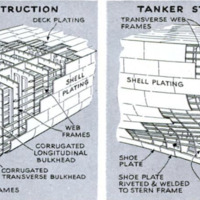 Immagine 2022-05-03 214321.png
Immagine 2022-05-03 214321.png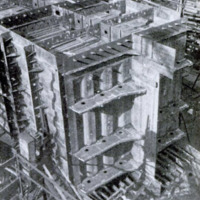 Immagine 2022-05-03 214330.png
Immagine 2022-05-03 214330.png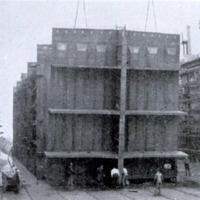 Immagine 2022-05-03 214341.png
Immagine 2022-05-03 214341.png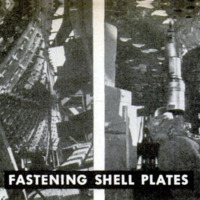 Immagine 2022-05-03 214553.png
Immagine 2022-05-03 214553.png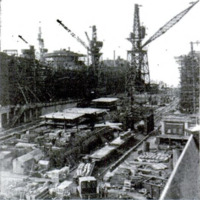 Immagine 2022-05-03 214603.png
Immagine 2022-05-03 214603.png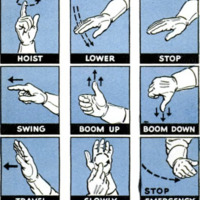 Immagine 2022-05-03 214616.png
Immagine 2022-05-03 214616.png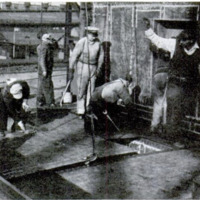 Immagine 2022-05-03 214627.png
Immagine 2022-05-03 214627.png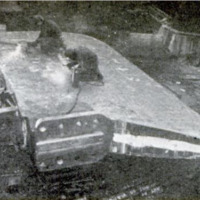 Immagine 2022-05-03 214641.png
Immagine 2022-05-03 214641.png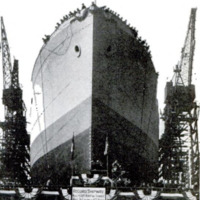 Immagine 2022-05-03 214654.png
Immagine 2022-05-03 214654.png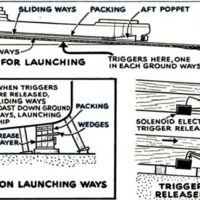 Immagine 2022-05-03 214713.png
Immagine 2022-05-03 214713.png








